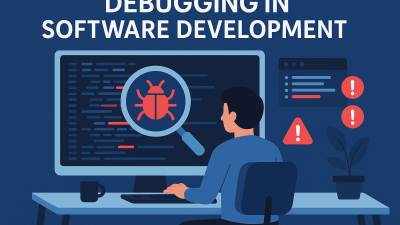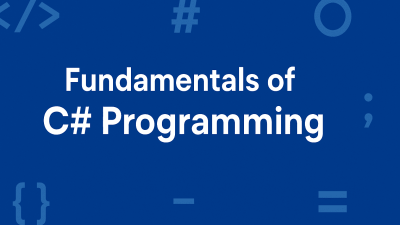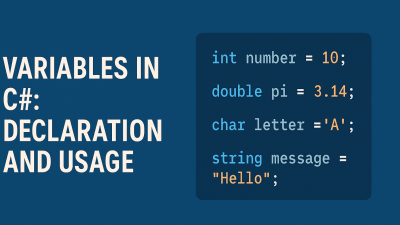Logical thinking is the foundation of effective programming. It enables developers to debug systematically, optimize performance, and design robust features. This guide explores three core reasoning methods—deductive reasoning, inductive reasoning, and problem decomposition—and how they apply to software development.
Why Logical Thinking Matters in Programming
Programming requires structured problem-solving to:
✔ Debug errors efficiently
✔ Optimize algorithms for better performance
✔ Design scalable and maintainable systems
By applying logical reasoning, developers can break down complex challenges into manageable steps, leading to cleaner and more efficient code.
Key Logical Reasoning Methods
1. Deductive Reasoning: From General to Specific
Deductive reasoning starts with broad principles and applies them to specific cases. It’s essential for:
Debugging Code
- Observe unexpected behavior (e.g., a function returns incorrect output).
- Apply general programming rules (e.g., loop logic, variable scope).
- Test hypotheses by modifying code and verifying fixes.
Example:
If a sorting algorithm fails, deductive reasoning helps isolate whether the issue lies in comparison logic, loop conditions, or data handling.
2. Inductive Reasoning: From Specific to General
Inductive reasoning identifies patterns from examples to form broader conclusions. It’s useful for:
Optimizing Algorithms
- Analyze performance bottlenecks (e.g., nested loops slowing down execution).
- Generalize patterns (e.g., redundant calculations, inefficient data structures).
- Refactor code based on observed trends (e.g., replacing a linear search with a hash map).
Example:
If multiple database queries slow an app, inductive reasoning helps infer that caching frequent requests could improve speed.
3. Problem Decomposition: Breaking Down Complexity
Complex problems become easier when split into smaller, solvable parts. Two main approaches:
Top-Down Approach
- Start with the big picture (e.g., “Build an e-commerce checkout system”).
- Divide into sub-modules (payment processing, cart management, user authentication).
- Best for projects with a clear structure.
Bottom-Up Approach
- Begin with small, reusable components (e.g., helper functions, utility classes).
- Combine them into larger systems.
- Best for experimental features or unclear requirements.
Example:
Developing a game?
- Top-down: Design levels → Implement mechanics → Add UI.
- Bottom-up: Create collision detection → Build physics engine → Assemble full gameplay.
Conclusion
Mastering deductive reasoning, inductive reasoning, and problem decomposition empowers programmers to:
✔ Debug with precision
✔ Optimize code effectively
✔ Design scalable solutions
By integrating these logical thinking techniques, developers can write cleaner, more efficient, and more maintainable software. Whether fixing bugs, improving performance, or building new features, structured reasoning is the key to success in programming.



